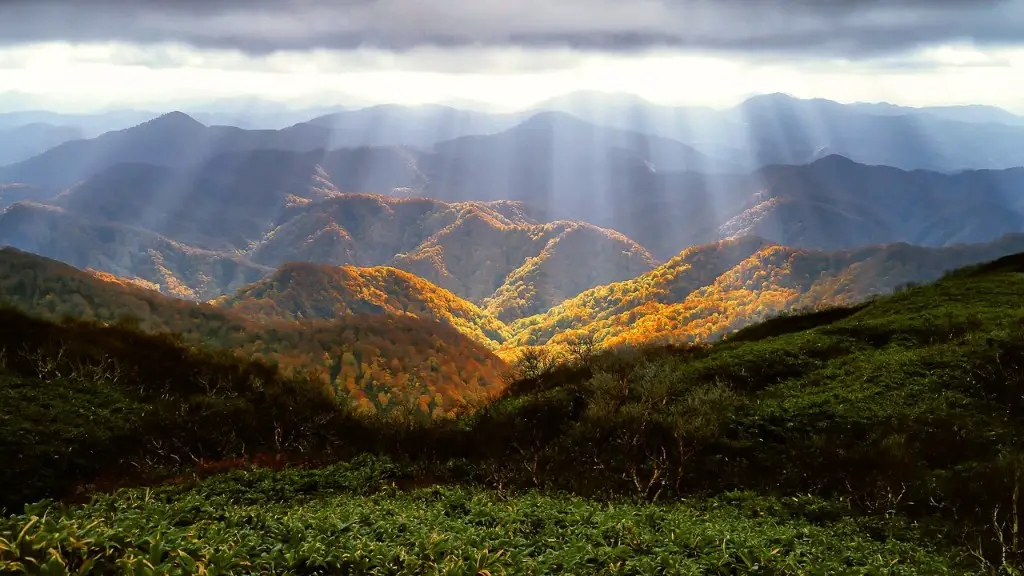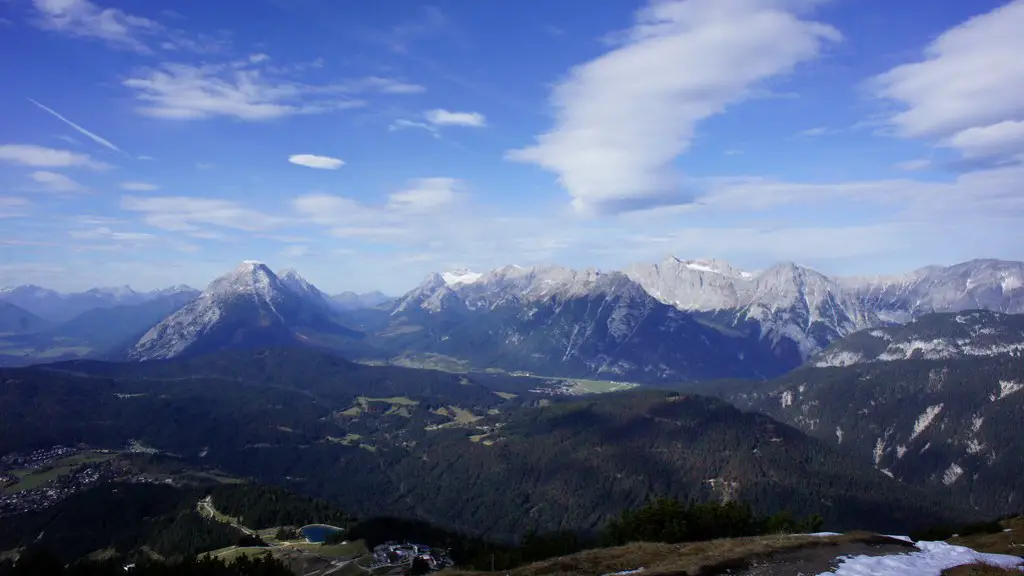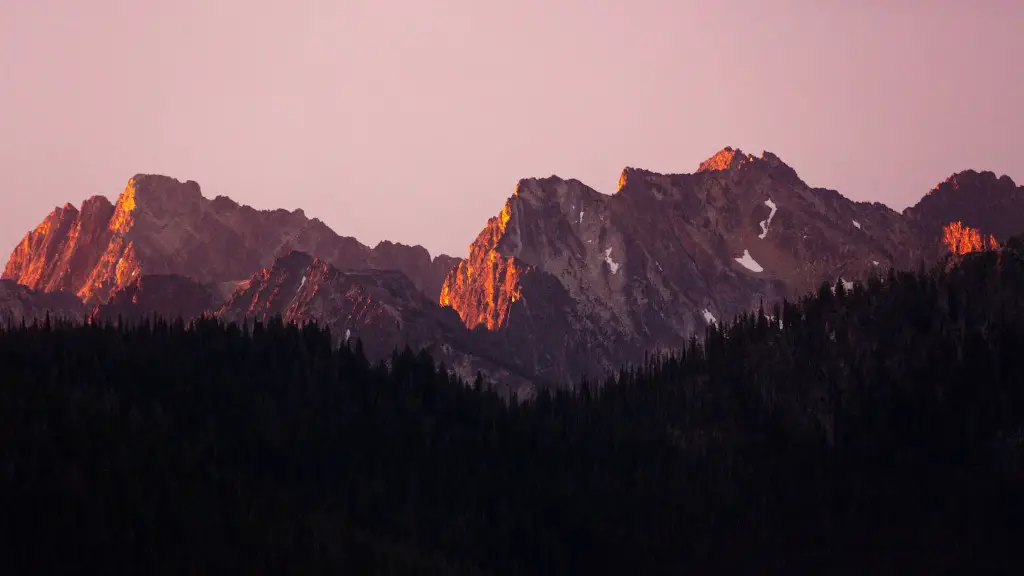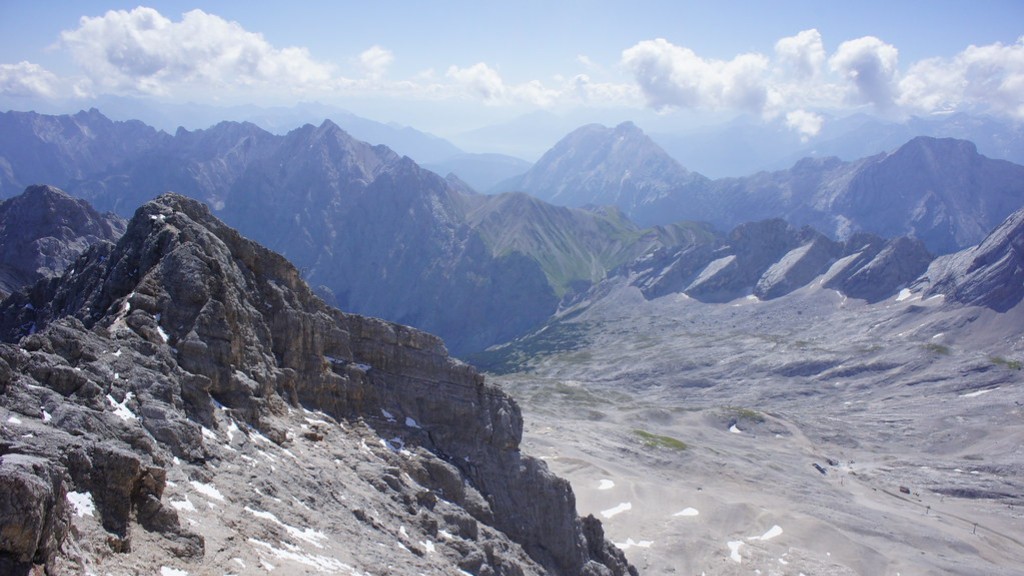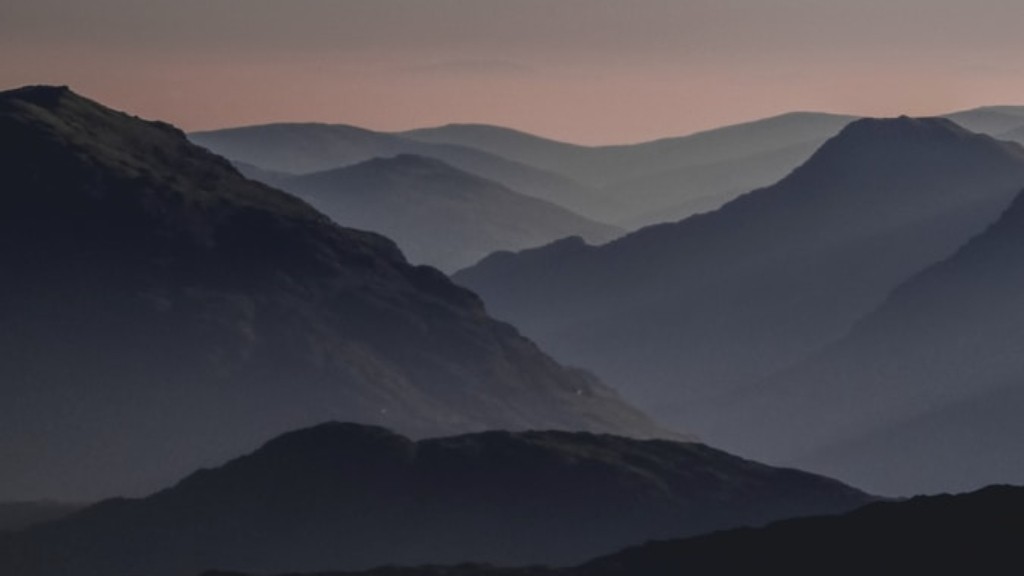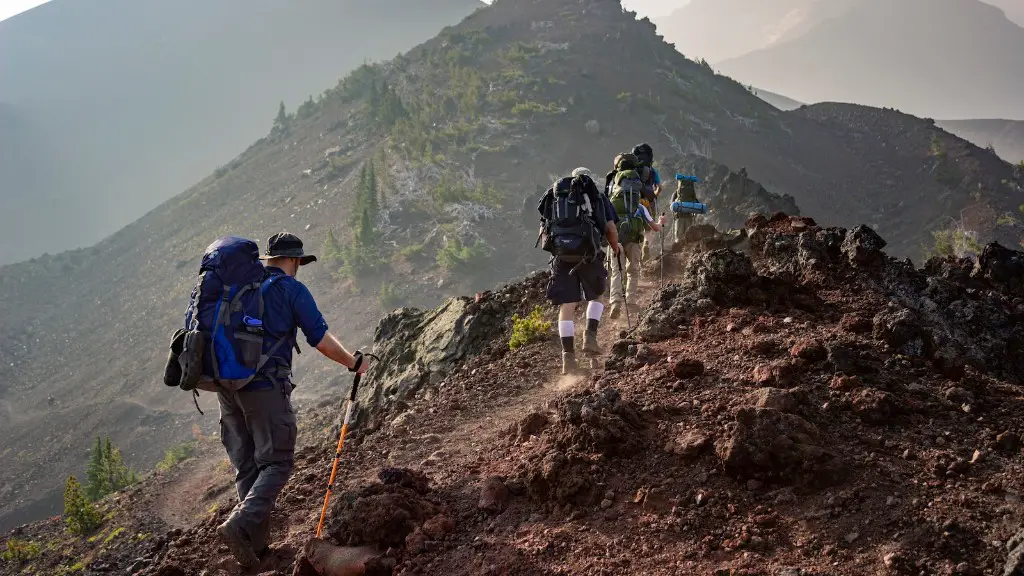Climbing Mount Everest is one of the most dangerous things that a person can do. It is also one of the most popular mountaineering challenges in the world. Every year, hundreds of people attempt to summit Mount Everest. Sadly, many of them do not make it back alive. Over the years, more than 300 people have died while attempting to climb Mount Everest. Most of these deaths have been due to avalanches, falls, or exposure to the elements. Climbing Mount Everest is a risky undertaking, and it is important to be prepared for the worst.
There is no definitive answer to this question as the number of climbers on Mount Everest has increased significantly over the years, making it difficult to keep track of the exact number of fatalities. However, it is estimated that around 300 people have died while climbing Mount Everest since the first recorded death in 1924.
How many have died on Mount Everest?
It is estimated that over 400 people have died while trying to summit Everest. However, the exact number is not certain as many bodies have never been recovered. The Himalayan Database shows that more than 310 people have died on Everest between 1924 and 2022. Climbing Everest is an extremely dangerous undertaking and many people have lost their lives in the attempt.
The number of deaths on Mount Everest has been increasing over the years, but the death rate has actually been falling. This is likely due to the increasing popularity of the mountain and the fact that more people are attempting to climb it. While the number of deaths is still relatively low, it is important to be aware of the risks involved in climbing Everest.
How many deaths on Everest 2022
It’s been reported that there were six deaths across all the peaks this spring, three on Everest, and one on Lhotse, Dhaulagiri, and Kangchenjunga. Among those who died was Dipak Mahat, a Nepali guide who was working for Pioneer Adventures. He got AMS while at C2 and died in Kathmandu.
Mountain sickness, exhaustion, frostbite, falls, avalanches, rockfalls, and cracks are all causes of death on Everest. Mountain sickness is caused by the lack of oxygen at high altitudes, and can lead to exhaustion, frostbite, and falls. Avalanches and rockfalls are also common causes of death on Everest, and can often be difficult to avoid.
What is the biggest killer on Mount Everest?
Most fatalities on Everest this year were due to acute mountain sickness (AMS), or exhaustion, one of the main effects of AMS. Breathing becomes difficult because the body isn’t able to take in as much oxygen. Other symptoms include nausea and vomiting, headaches, dizziness and shortness of breath.
Green boots was first spotted in 1975, and is thought to be the body of Tsewang Paljor, an Indian climber who died in the 1996 Everest disaster. Paljor’s body is easily recognizable thanks to his green boots, which he wore to stand out from the other climbers. Green boots has become something of a landmark on Everest, and climbers often stop to take photos with the body.
How cold is it at the top of Everest?
The weather and climate of Mount Everest is one of extremes. Temperatures at the summit are never above freezing and during January temperatures can drop as low as -60° C (-76° F). Despite the low temperatures the biggest issue faced by climbers are hurricane force winds and wind chill.
While K2 may not be as tall as Everest, it is certainly more dangerous, with a fatality rate of 29%. Everest, by contrast, has a much lower fatality rate of 4%. This is likely due to the fact that K2 is much more difficult to climb, with more hazardous conditions. So, while it may not be as tall, K2 is definitely a more dangerous mountain.
How much does it cost to climb Mt. Everest
The average price to climb Mount Everest has decreased by $2,000 from 2022 to 2021. The median price has also decreased by $500 over the same time period. This may be due to the current global economic conditions.
The number of people dying while trying to summit Mount Everest has been increasing over the years. In 1996, the most people died in a single year to that date. The number of people dying reflects the large number of climbers that year rather than a spike in the death rate. Before 1996, one in four climbers died making the ascent. In 1996, one in seven died.
What is the oldest body on Mount Everest?
It is amazing that George Mallory’s body was found 75 years after his death on Everest. It is a testament to the power of the elements that his body was preserved so well. Mallory had attempted to be the first person to climb Everest and his body was found after an unusually warm spring. This shows that even in death, Mallory was able to achieve his goal.
If you’re interested in climbing Mount Everest, you’ll need to set aside at least three months for the journey. From start to finish, it’ll take about 19 days to trek to Everest Base Camp and back, and then an additional 40 days to summit Mount Everest.
How long can you stay in the death zone on Everest
The death zone on Mount Everest is an area above 8,000 meters (26,247 feet) where the air is so thin that human beings can only survive for a short period of time. Despite the dangers, many climbers attempt to reach the summit of Everest each year.
recent media reports have advised climbers not to stay in the death zone for more than 16 to 20 hours, as shorter stays can also be deadly. Most of the 200+ climbers who have died on Mount Everest have died in the death zone, due to the lack of oxygen and the extreme cold temperatures.
Climbers who do attempt to spend extended periods of time in the death zone are risking their lives, and it is important to be aware of the dangers before undertaking such a climb.
The Sherpa people are the main inhabitants of the Everest region, living in an area called the Solu-Khumbu district. This district is located in the northern part of the Sagarmatha National Park, which was established in 1976. The word Sherpa means “people from the East” and refers to their origins in Eastern Tibet. Sherpa people are known for their hardiness and their skills as mountaineers, and they have been instrumental in assisting many climbers to reach the summit of Mount Everest.
Who is the youngest person to summit Mt. Everest?
Jordan Romero is an American mountain climber who made history when he reached the summit of Mount Everest at just 13 years old. He was accompanied by his father Paul Romero and step-mother Karen Lundgren, as well as three experienced sherpas. This incredible feat has inspired other young people to pursue their dreams, and has shown the world that anything is possible with hard work and determination.
The Sherpas are an ethnic group from the most mountainous region of Nepal. For centuries, they have been guides and porters for Himalayan treks and expeditions, including Mount Everest. Despite their expert mountain skills, Sherpas are disproportionately represented in Everest fatalities. In more than a hundred years of Everest expeditions, a total of 312 people have died on Everest: 99 of those – or one-third of the total deaths – were Sherpas.
There are several reasons for this disproportionate risk. First, Sherpas often carry heavy loads – up to 60 pounds – for Western climbers, putting them at risk of injury. Second, they often work long hours in difficult conditions, with little rest or protection from the elements. Third, they are often hired by less experienced climbers who may be unprepared for the challenges of Everest.
Despite the risks, Sherpas continue to play a vital role in Everest expeditions. Their expert knowledge and mountain skills are essential for successful summits. And, for many Sherpas, mountaineering is a way to escape poverty and provide for their families. As one Sherpa guide told National Geographic, “Climbing Everest is my job. I do it for the money.”
Who was to blame for the 1996 Everest disaster
Krakauer blamed the inexperience of the climbers and the guides who agreed to lead them up the mountain in return for large sums of money for the tragedy. He claimed that the guides should have known better than to take inexperienced climbers on such a dangerous expedition.
It is tragic when any expedition results in disaster, but it is especially so when only one climber survives. The 1996 expedition of Indian climbers is a prime example. The most famous body ever to grace the peak was one of these climbers, whose body remains on the mountain to this day. Known for his bright-green footwear, mountaineers call him “Green Boots.” It is a sad reminder of the risks that come with mountaineering.
Conclusion
As of May 2019, there have been a total of 11,788 attempted ascents of Mount Everest, with 4,034 summits and 295 people losing their lives on the mountain.
Although the official number of fatalities on Mount Everest is currently unknown, it is estimated that over 200 people have died while climbing the mountain. Many of these deaths occur due to avalanches, falling into crevasses, or exposure to extreme weather conditions. With the increasing popularity of mountaineering, the number of people dying while climbing Everest is likely to continue to rise.
